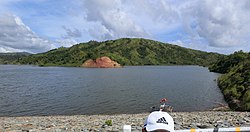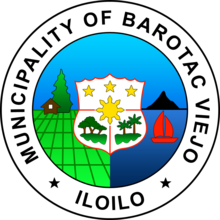
Pototan, is a 1st class municipality in the province of Iloilo, Philippines. According to the 2020 census, it has a population of 78,298 people.

Buenavista, officially the Municipality of Buenavista, is a 2nd class municipality and the largest settlement in the province of Guimaras, Philippines. According to the 2020 census, it has a population of 52,899 people.

Leganes, officially the Municipality of Leganes, is a 4th class municipality in the province of Iloilo, Philippines. According to the 2020 census, it has a population of 34,725 people.

Barotac Nuevo, officially the Municipality of Barotac Nuevo, is a 2nd class municipality in the province of Iloilo, Philippines. According to the 2020 census, it has a population of 58,176 people.

Anini-y, officially the Municipality of Anini-y, is a 4th class municipality in the province of Antique, Philippines. According to the 2020 census, it has a population of 22,018 people. Making it 14th most populous municipality in the province of Antique.

Basey, officially the Municipality of Basey, is a 1st class municipality in the province of Samar, Philippines. According to the 2020 census, it has a population of 56,685 people.

Salcedo, officially the Municipality of Salcedo, is a 5th class municipality in the province of Eastern Samar, Philippines. According to the 2020 census, it has a population of 22,136 people.

San Policarpo, officially the Municipality of San Policarpo, is a 5th class municipality in the province of Eastern Samar, Philippines. According to the 2020 census, it has a population of 15,365 people.
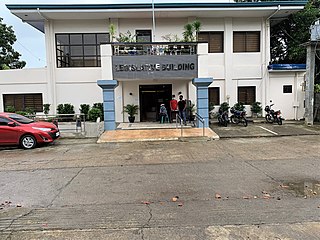
Anilao, officially the Municipality of Anilao, is a 4th class municipality in the province of Iloilo, Philippines. According to the 2020 census, it has a population of 30,520 people.

Balasan, officially the Municipality of Balasan, is a 4th class municipality in the province of Iloilo, Philippines. According to the 2020 census, it has a population of 35,064 people.

Batad, officially the Municipality of Batad, is a 5th class municipality in the province of Iloilo, Philippines. According to the 2020 census, it has a population of 22,157 people.
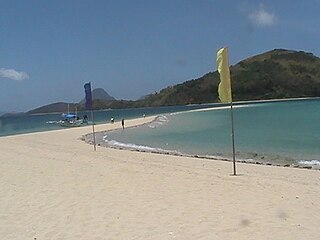
Concepcion, officially the Municipality of Concepcion, is a 3rd class municipality in the province of Iloilo, Philippines. According to the 2020 census, it has a population of 44,633 people.

Dueñas, officially the Municipality of Dueñas, is a 4th class municipality in the province of Iloilo, Philippines. According to the 2020 census, it has a population of 34,597 people.

Lemery, officially the Municipality of Lemery, is a 4th class municipality in the province of Iloilo, Philippines. According to the 2020 census, it has a population of 31,414 people.

Mina, officially the Municipality of Mina, is a 5th class municipality in the province of Iloilo, Philippines. According to the 2020 census, it has a population of 24,042 people.

San Enrique, officially the Municipality of San Enrique, is a 3rd class municipality in the province of Iloilo, Philippines. According to the 2020 census, it has a population of 36,911 people.

San Rafael, officially the Municipality of San Rafael, is a 5th class municipality in the province of Iloilo, Philippines. According to the 2020 census, it has a population of 17,795 people.

San Miguel, officially the Municipality of San Miguel, is a 4th class municipality in the province of Iloilo, Philippines. According to the 2020 census, it has a population of 30,115 people.

Sara, officially the Municipality of Sara, is a 2nd class municipality in the province of Iloilo, Philippines. According to the 2020 census, it has a population of 54,637 people.
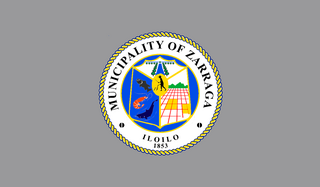
Zarraga, officially the Municipality of Zarraga, is a 4th class municipality in the province of Iloilo, Philippines. According to the 2020 census, it has a population of 27,305 people.
